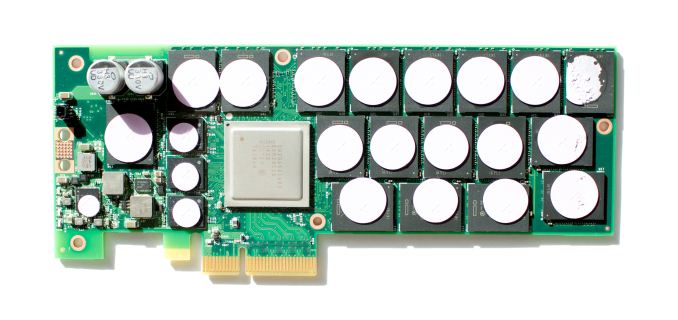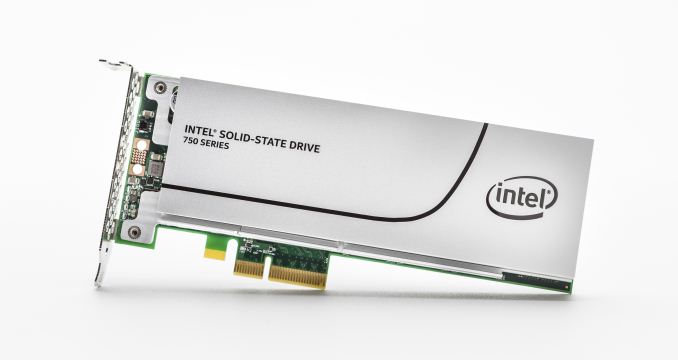
I don't think it's an overstatement to say that Intel introduced us to the era of modern SSDs back in 2008 with the X25-M. It wasn't the first SSD on the market, but it was the first drive that delivered the aspects we now take for granted: high, consistent and reliable performance. Many SSDs in the early days focused solely on sequential performance as that was a common performance metric for hard drives, but Intel understood that the key to better user performance wasn't the maximum throughput, but the small random IOs that take unbearably long to complete on HDDs. Thanks to Intel's early understanding of real world workloads and implementing the knowledge to a well designed product, it took several years before others were able to fully catch up with the X25-M.
But when the time came to upgrade to SATA 6Gbps, Intel missed the train. The initial SATA 6Gbps drives had to rely on third party silicon because Intel's own SATA 6Gbps controller was still in development, and to put it frankly the SSD 510 and SSD 520 just didn't pack the same punch as the X25-M did. The others had also done their homework and gone back to drawing board, which meant that Intel was no longer in the special position it was in 2008. Once the SSD DC S3700 with in-house Intel SATA 6Gbps controller finally materialized in late 2012, it quickly built back the Intel image that the company had in the X25-M days. The DC S3700 wasn't as revolutionary as the X25-M was, but it again focused on areas where other manufacturers had been lacking, namely performance consistency.
| Intel SSD 750 Specifications | |||
| Capacity | 400GB | 1.2TB | |
| Form Factor | 2.5" 15mm SFF-8639 or PCIe Add-In Card (HHHL) | ||
| Interface | PCIe 3.0 x4 - NVMe | ||
| Controller | Intel CH29AE41AB0 | ||
| NAND | Intel 20nm 128Gbit MLC | ||
| Sequential Read | 2,200MB/s | 2,400MB/s | |
| Sequential Write | 900MB/s | 1,200MB/s | |
| 4KB Random Read | 430K IOPS | 440K IOPS | |
| 4KB Random Write | 230K IOPS | 290K IOPS | |
| Idle Power Consumption | 4W | 4W | |
| Read/Write Power Consumption | 9W / 12W | 10W / 22W | |
| Encryption | N/A | ||
| Endurance | 70GB Writes per Day for Five Years | ||
| Warranty | Five Years | ||
| MSRP | $389 | $1,029 | |
모델명 - Intel SSD 750
폼팩터 - 2.5" 15mm SFF-8639 / PCIe Add-In Card (HHHL)
인터페이스 - PCIe 3.0 4배속 - NVMe
컨트롤러 - Intel CH29AE41AB0
낸드 플래시 - Intel 20nm 128Gbit MLC
시퀀셜 읽기 : 2,200MB/s - 2,400MB/s
시퀀셜 쓰기 : 900MB/s - 1200MB/s
4KB 랜덤 읽기 : 430K IOPS / 440K IOPS
4KB 랜덤 쓰기 : 230K IOPS / 290K IOPS
아이들 전력소모 : 4W
로드 전력소모 : 9W / 12W - 10W / 22W
워런티 : 5년
가격 : 400GB = 389달러 / 1.2TB = 1029달러
PCB 기판 레이아웃
[ 테스트 시스템 ]
| AnandTech 2015 SSD Test System | |
| CPU | Intel Core i7-4770K running at 3.5GHz (Turbo & EIST enabled, C-states disabled) |
| Motherboard | ASUS Z97 Deluxe (BIOS 2205) |
| Chipset | Intel Z97 |
| Chipset Drivers | Intel 10.0.24+ Intel RST 13.2.4.1000 |
| Memory | Corsair Vengeance DDR3-1866 2x8GB (9-10-9-27 2T) |
| Graphics | Intel HD Graphics 4600 |
| Graphics Drivers | 15.33.8.64.3345 |
| Desktop Resolution | 1920 x 1080 |
| OS | Windows 8.1 x64 |
Performance Consistency
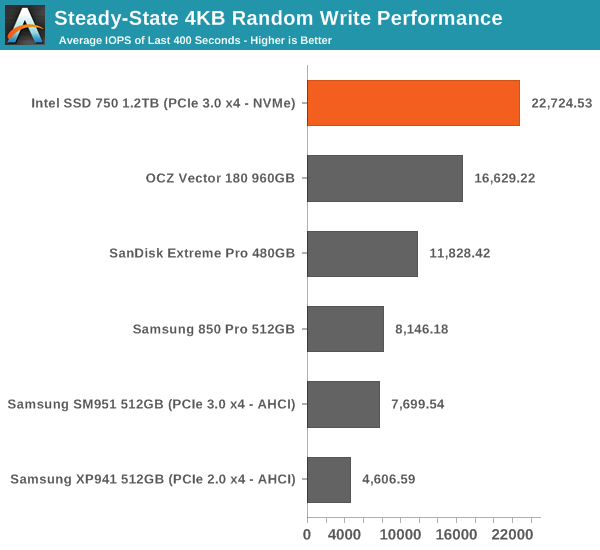
Given the higher over-provisioning and an enterprise-oriented controller, it's no surprise that the SSD 750 has excellent steady-state random write performance.

 | |||||||||
| Default | Intel SSD 750 1.2TB (PCIe 3.0 x4 - NVMe)Samsung SM951 512GB (PCIe 3.0 x4 - AHCI)Samsung XP941 512GB (PCIe 2.0 x4 - AHCI)Corsair Neutron XT 480GBCrucial MX100 512GBOCZ Vector 180 960GBSamsung SSD 850 Pro 512GBSanDisk Extreme Pro 480GB | ||||||||
At the initial cliff the performance drops to around 15K IOPS, but it quickly rises and seems to even out at about 22-23K IOPS. It actually takes nearly an hour for the SSD 750 to reach steady-state, which isn't uncommon for such a large drive but it's still notable.
I couldn't run tests with added over-provisioning because NVMe drives don't support the usual ATA commands that I use to limit the LBA of the drive. There is similar command set for NVMe as well, but I'm still trying to figure out how to use them as there's isn't too much public info about NVMe tools.
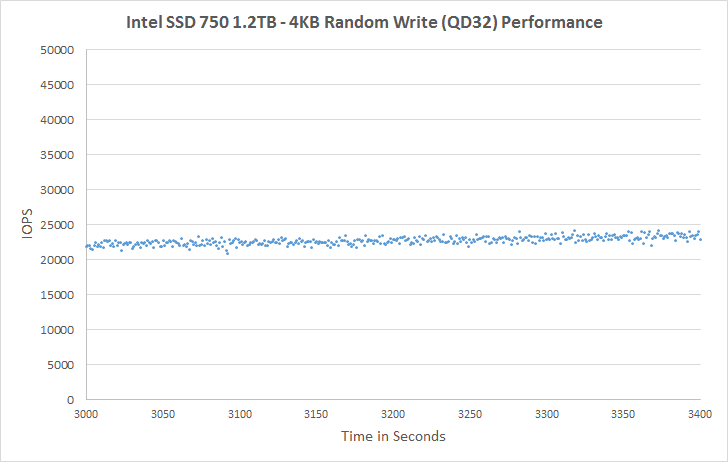 | |||||||||
| Default | Intel SSD 750 1.2TB (PCIe 3.0 x4 - NVMe)Samsung SM951 512GB (PCIe 3.0 x4 - AHCI)Samsung XP941 512GB (PCIe 2.0 x4 - AHCI)Corsair Neutron XT 480GBCrucial MX100 512GBOCZ Vector 180 960GBSamsung SSD 850 Pro 512GBSanDisk Extreme Pro 480GB | ||||||||

In terms of throughput, the SSD 750 is actually marginally slower than the SM951, although when you look at latency the SD 750 wins by a large margin. The difference in these scores is explained by Intel's focus on random performance as Intel specifically optimized the firmware for high random IO performance, which does have some impact on the sequential performance. As I've explained above, data rate has more emphasis on large IO size transfers, whereas latency treats all IOs the same regardless of their size.
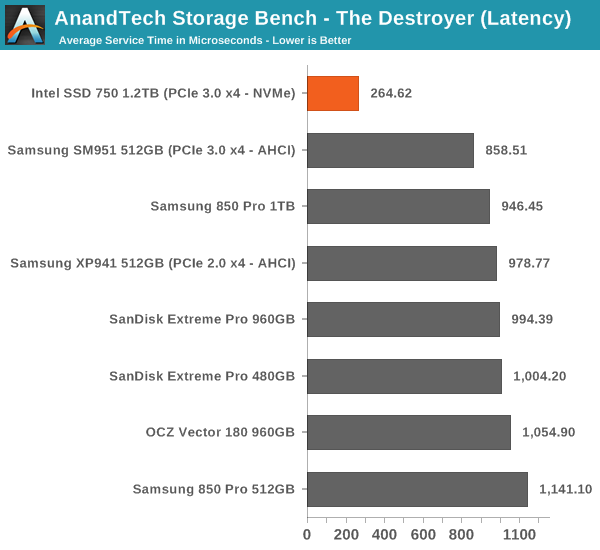
The number of high latency IOs is also excellent and in fact the best we have tested. The SSD 750 is without a doubt a very consistent drive.
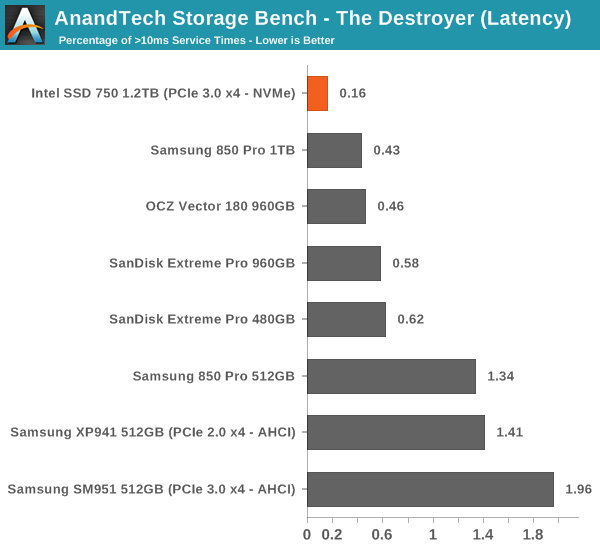
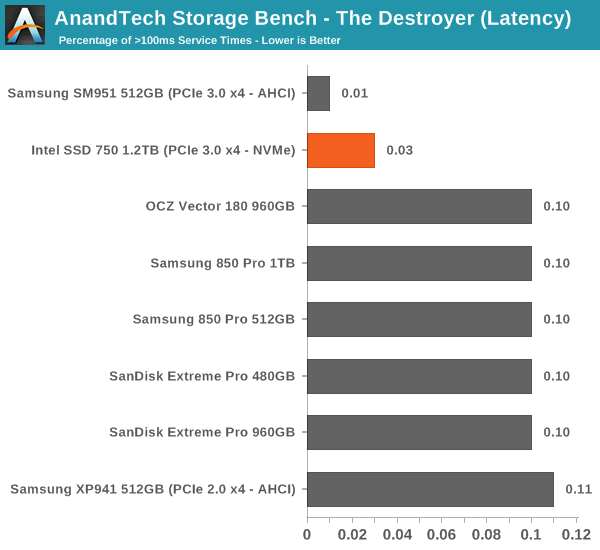


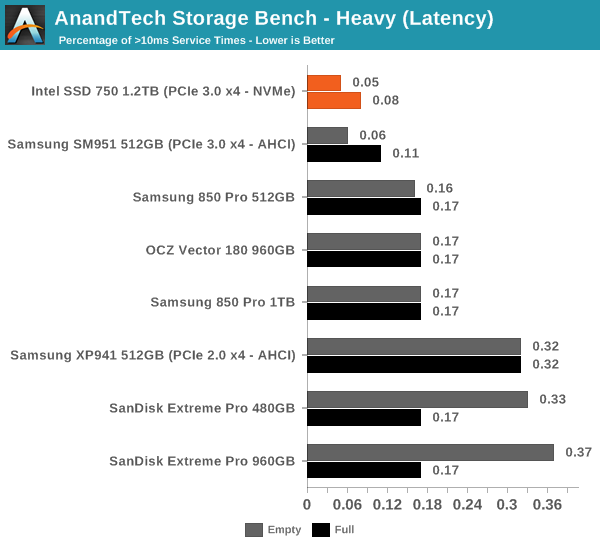

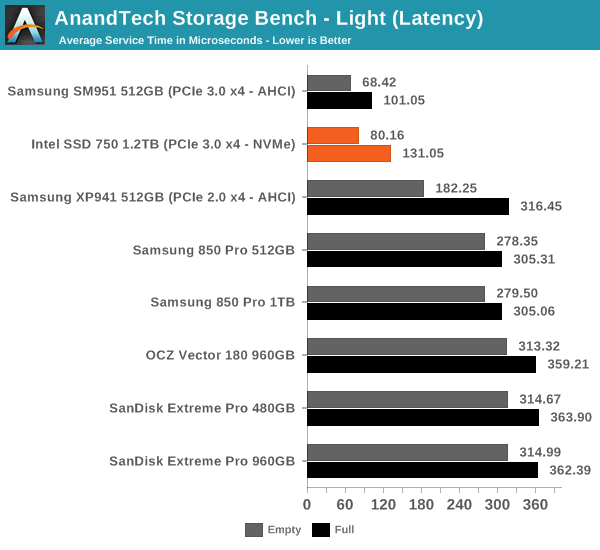
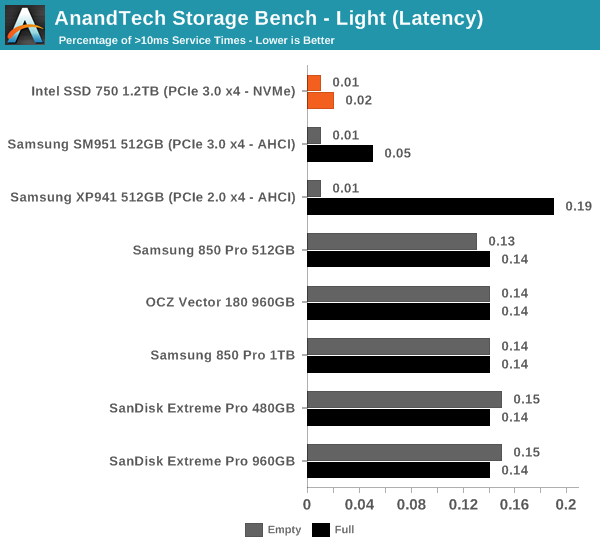
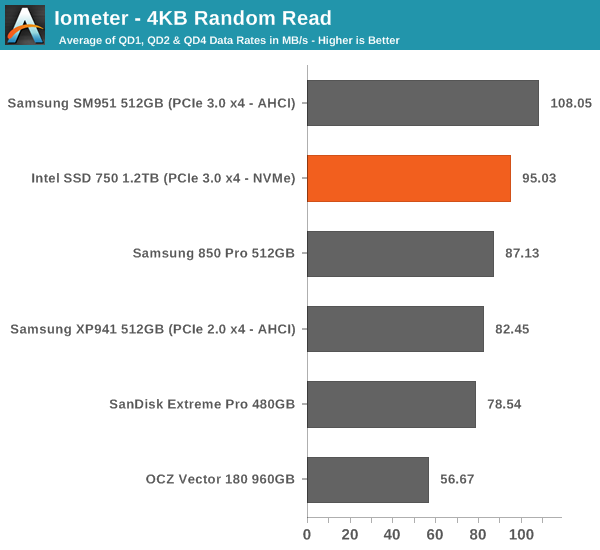
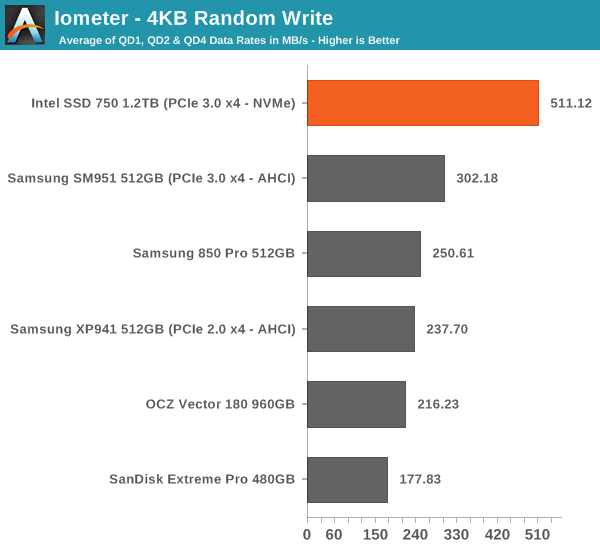
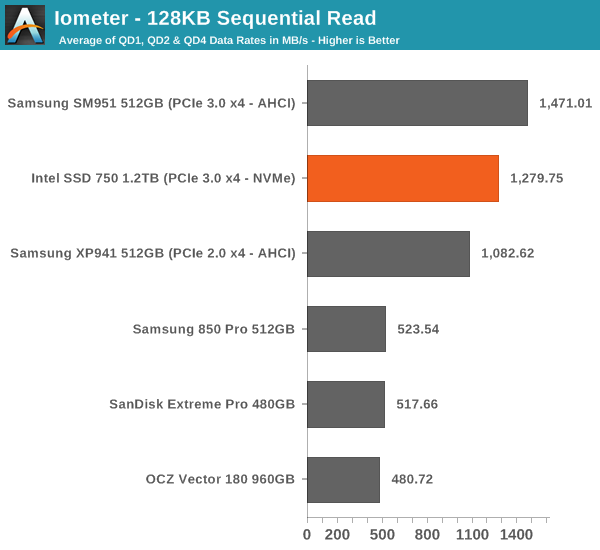
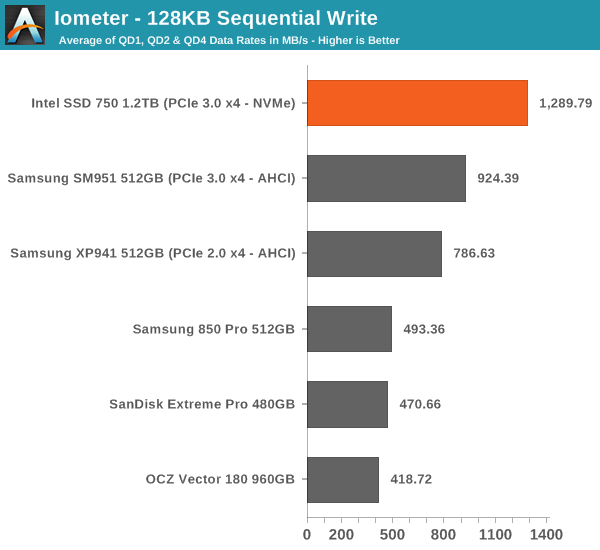
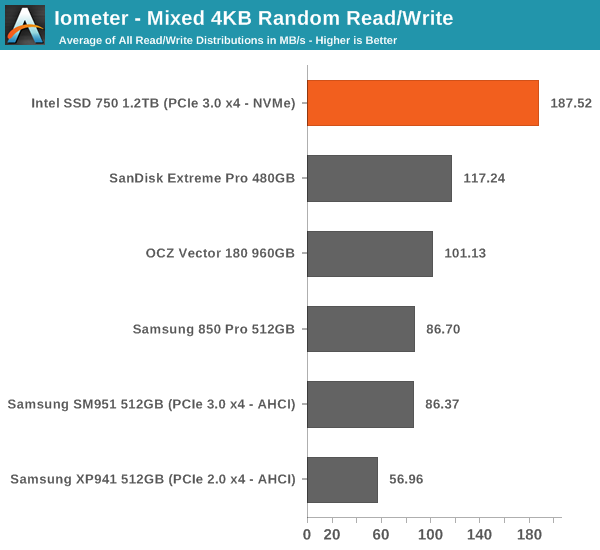
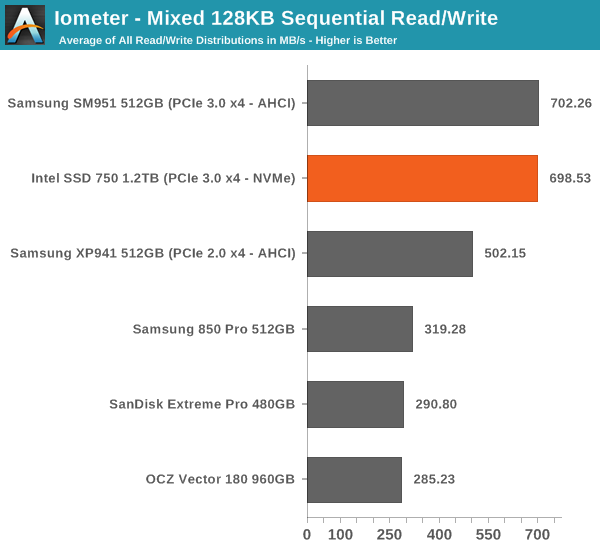
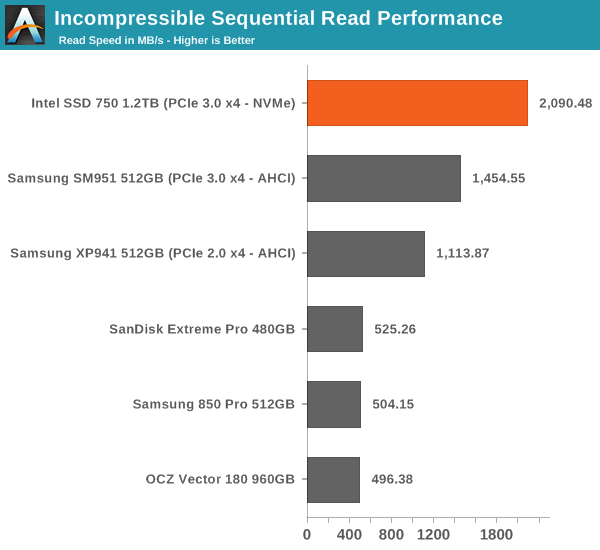
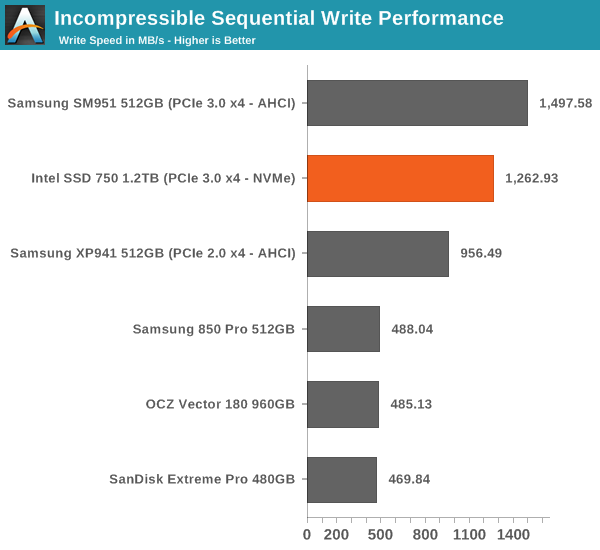
어낸드텍의 공식 추천 SSD 선정. 5년의 워런티와 일반 컨슈머용 고성능 SSD


























 ' alt='위대한 인류최대 수퍼로켓 '스타십(Spacex Starship)' 발사 성공 by 인공지능' />
' alt='위대한 인류최대 수퍼로켓 '스타십(Spacex Starship)' 발사 성공 by 인공지능' />
![[All Around AI 1편] AI의 시작과 발전 과정, 미래 전망<br> [All Around AI 1편] AI의 시작과 발전 과정, 미래 전망 by 인공지능](https://raptor-hw.net/xe/files/thumbnails/198/205/271x205.crop.jpg)








![삼성, 잃어버린 10년 [풀영상] | 창 458회 (KBS 24.03.12)<br> 삼성, 잃어버린 10년 [풀영상] | 창 458회 (KBS 24.03.12) by 인공지능](https://raptor-hw.net/xe/files/thumbnails/453/204/271x205.crop.jpg)











